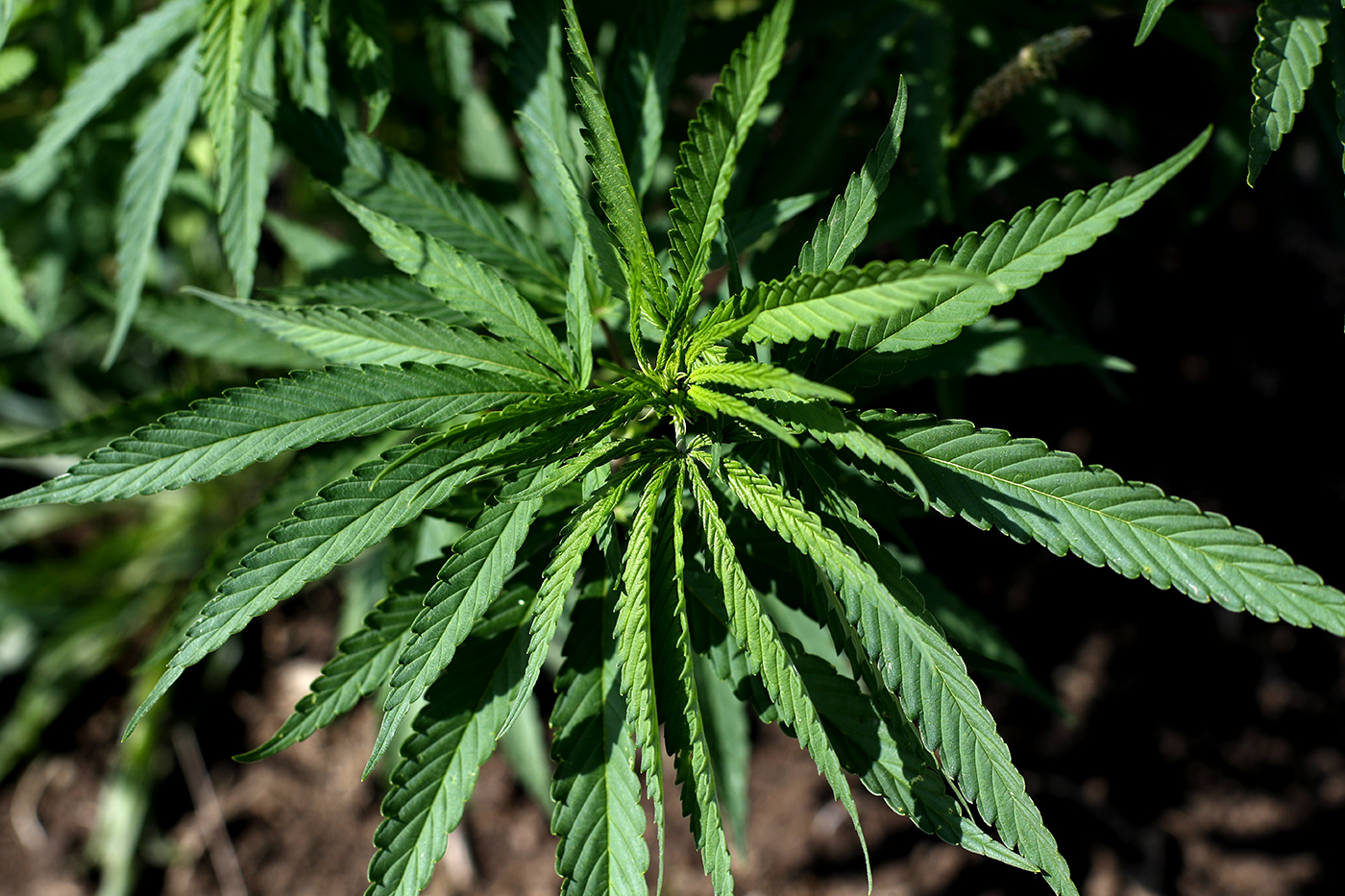Imagine a world where small, rural communities thrive and prosper, thanks to the booming industry of hemp clothing. As the demand for sustainable and eco-friendly fashion continues to rise, rural communities across the globe are embracing the economic potential of hemp cultivation. This article delves into the fascinating realm of the economic impact that hemp clothing has on these communities, highlighting the ways in which this emerging industry is transforming traditional farming practices and breathing new life into rural economies. From job creation to sustainable agriculture, the ripple effects of hemp clothing are far-reaching and promising for rural communities looking to secure a prosperous future.
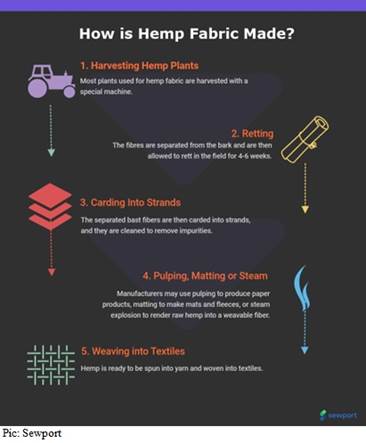
This image is property of static.fibre2fashion.com.
1. Introduction to Hemp Clothing
1.1 What is hemp?
You may have heard the word “hemp” thrown around in conversations about sustainable fashion and eco-friendly materials. But what exactly is hemp? Hemp is a versatile plant that has been cultivated for thousands of years for various purposes. It belongs to the Cannabis sativa species, just like marijuana, but unlike marijuana, hemp contains only trace amounts of THC, the psychoactive compound.
1.2 History of hemp clothing
Hemp has a rich history of being used for clothing. In fact, hemp fiber has been used for textiles for over 10,000 years. Historical records show that the Chinese were the first to cultivate hemp for both its fiber and medicinal properties as early as 2800 BCE. Hemp clothing became popular in various cultures across the globe, from ancient Egypt to Europe and eventually North America.
1.3 Rise in popularity of hemp clothing
In recent years, there has been a significant rise in the popularity of hemp clothing. People are becoming more conscious of the environmental impact of the fashion industry and are seeking alternative, sustainable options. Hemp clothing offers a solution – it is a natural, renewable resource that can be produced without the harmful chemicals and excessive water usage associated with conventional cotton production. As consumers become more informed about hemp’s benefits, the demand for hemp clothing continues to grow.
2. Economic Potential of Hemp Clothing
2.1 Hemp as a cash crop
Hemp cultivation has the potential to be a lucrative cash crop for rural communities. Hemp plants have a high yield per acre, meaning farmers can generate substantial income from a relatively small amount of land. Additionally, hemp is a versatile plant that can be used for various purposes beyond clothing, such as building materials, biofuels, and even food products. This diversification adds to its economic potential and provides farmers with multiple revenue streams.
2.2 Job creation in rural communities
One of the significant economic benefits of hemp clothing lies in the job creation it brings to rural communities. From cultivating and harvesting the plants to processing and manufacturing the fibers into clothing, there are numerous job opportunities along the hemp supply chain. Moreover, as the demand for hemp clothing increases, new businesses and entrepreneurs emerge, further stimulating employment opportunities in rural areas.
2.3 Potential for local supply chains
The growth of the hemp clothing industry provides an opportunity for the development of local supply chains. Instead of relying on imported textiles and materials, rural communities can establish their own hemp farms, processing facilities, and manufacturing plants. This localized approach not only reduces transportation costs but also fosters economic resilience and strengthens the local economy.
3. Environmental Benefits of Hemp Clothing
3.1 Sustainable farming practices
Hemp is an environmentally friendly crop that requires minimal chemical inputs. It is naturally pest-resistant, meaning it doesn’t require the heavy use of pesticides and herbicides like conventional cotton farming. Furthermore, hemp has deep roots that prevent soil erosion and can improve soil health by replenishing nutrients. By cultivating hemp for clothing, rural communities can adopt sustainable farming practices that promote long-term ecological balance.
3.2 Carbon footprint reduction
The fashion industry is notorious for its significant carbon footprint, primarily due to the energy-intensive processes involved in textile production. Hemp clothing presents a solution to this problem. The production of hemp textiles requires less energy compared to synthetic fibers like polyester and even conventional cotton. By choosing hemp clothing, you are making a positive impact on the environment by reducing greenhouse gas emissions and contributing to a more sustainable fashion industry.
3.3 Decreased use of pesticides
As mentioned earlier, hemp cultivation significantly reduces the need for pesticides and herbicides. This reduction in chemical usage has wider implications for the natural environment. Pesticides and herbicides can have detrimental effects on biodiversity, harming important pollinators like bees and contaminating water systems. By transitioning to hemp clothing, rural communities play an active role in protecting ecosystems and promoting a healthier planet for future generations.
4. Hemp Clothing Industry in Rural Communities
4.1 Hemp cultivation in rural areas
Rural communities are well-suited for hemp cultivation due to their abundance of arable land. With the right infrastructure and support, these communities can become key players in the hemp clothing industry. Hemp cultivation not only provides farmers with a profitable alternative to traditional crops but also allows them to diversify their agricultural practices, mitigating the risks associated with monoculture farming.
4.2 Processing and manufacturing facilities
To fully harness the economic potential of hemp clothing, rural communities need access to processing and manufacturing facilities. These facilities transform raw hemp fibers into textiles suitable for clothing production. Establishing such facilities in rural areas allows for the creation of local jobs and prevents the need to transport hemp materials long distances, reducing the carbon footprint and costs associated with transportation.
4.3 Distribution and retail opportunities
Once hemp clothing is manufactured, distribution and retail opportunities are essential for getting the products to consumers. Rural communities can explore partnerships with existing retailers or develop their own online platforms to showcase and sell their hemp clothing. By focusing on sustainable marketing and highlighting the unique qualities of hemp garments, rural communities can attract conscious consumers who value environmentally friendly fashion choices.
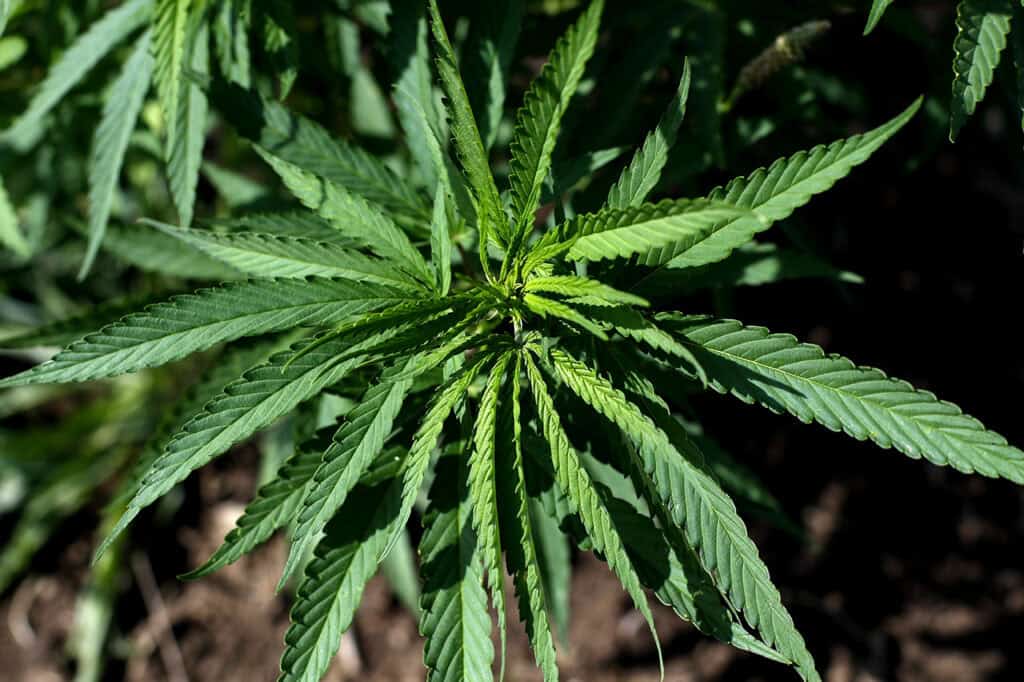
This image is property of i0.wp.com.
5. Economic Impact Assessment
5.1 Increase in local revenue
The adoption of hemp clothing in rural communities can lead to a significant increase in local revenue. By cultivating hemp, farmers can generate income from the sale of raw materials. The establishment of processing and manufacturing facilities creates additional job opportunities and stimulates the local economy further. As this industry expands, revenue from hemp clothing sales can circulate within rural communities, benefiting local businesses and services.
5.2 Boost to local businesses
The growth of the hemp clothing industry supports the development and expansion of local businesses in rural communities. From small-scale textile producers to boutique clothing brands, the demand for hemp clothing creates opportunities for entrepreneurs and stimulates competition. This increased entrepreneurial activity can lead to vibrant main streets, attracting both residents and tourists, eager to support unique and sustainable businesses in rural areas.
5.3 Diversification of rural economies
Rural communities often rely heavily on a single industry or crop, making them vulnerable to economic downturns. The hemp clothing industry allows for the diversification of rural economies by introducing a new revenue source. By embracing hemp cultivation and the manufacturing of hemp clothing, rural communities can build resilience and lessen their dependence on traditional agricultural sectors. This diversification promotes economic stability and supports sustainable development in rural areas.
6. Challenges and Opportunities
6.1 Limited infrastructure and resources
One of the challenges faced by rural communities in entering the hemp clothing industry is limited infrastructure and resources. Building adequate processing facilities, manufacturing plants, and distribution networks require initial investments and access to capital. However, these challenges can be overcome through collaboration with local and regional development agencies, seeking public-private partnerships, and accessing grants and funding opportunities specifically designed for rural development.
6.2 Education and workforce development
Another hurdle to overcome is the lack of education and workforce development in the hemp clothing sector. Training programs and educational initiatives can equip individuals with the skills and knowledge required for cultivating, processing, and manufacturing hemp clothing. Collaborations between educational institutions and industry leaders can help bridge this gap, ensuring that rural communities have a qualified workforce ready to thrive in the growing hemp clothing industry.
6.3 Policy and regulatory support
Policy and regulatory frameworks play a crucial role in the success of the hemp clothing industry in rural communities. Clear guidelines and supportive regulations regarding hemp cultivation, processing, and manufacturing are essential for attracting investment and ensuring compliance with environmental and labor standards. Advocacy efforts and industry associations can help create an enabling environment for the hemp clothing industry, shaping policies that promote sustainable growth and rural development.
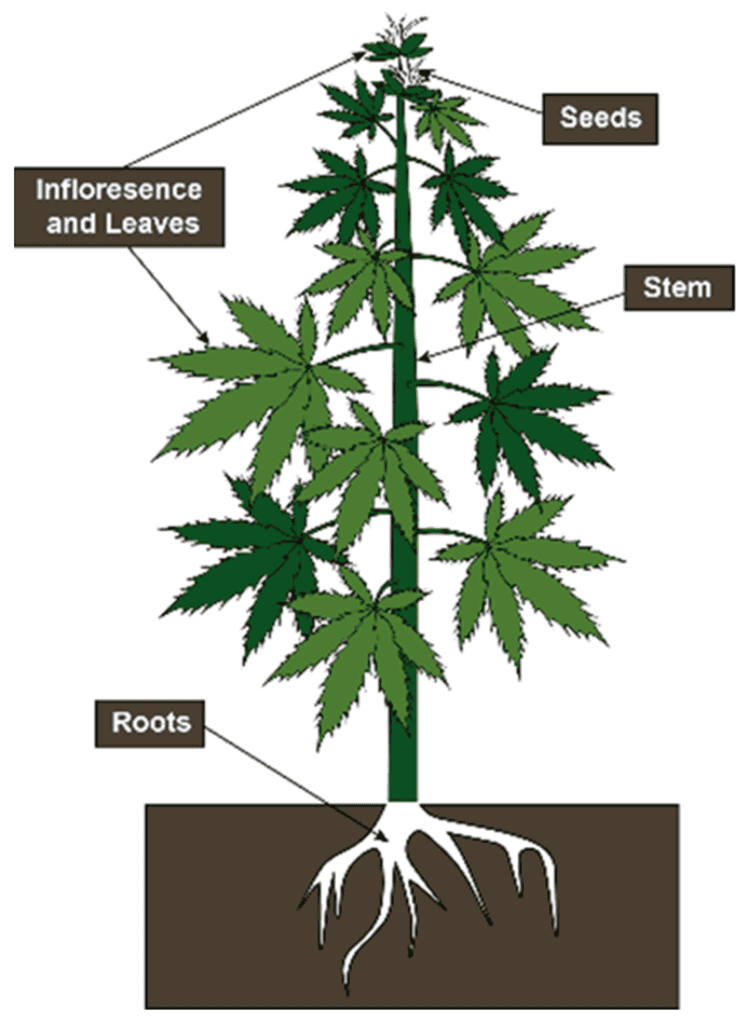
This image is property of www.mdpi.com.
7. Case Studies
7.1 Successful hemp clothing initiatives
Several case studies demonstrate the positive impact of hemp clothing initiatives on rural communities. For example, the town of Hempstead in New York embraced hemp cultivation, leading to job creation and economic revitalization. Similarly, a cooperative of hemp farmers in Vermont collaborated to establish a processing facility, which boosted the local economy and provided a model for other rural communities interested in hemp clothing production. These success stories serve as inspiration and proof of the potential of hemp clothing in rural areas.
7.2 Positive impact on rural communities
Beyond the economic benefits, hemp clothing has the potential to positively transform rural communities. It can contribute to a sense of pride and identity among residents, as they become pioneers in the sustainable fashion movement. Additionally, the close-knit nature of rural communities allows for strong partnerships and collaborations, fostering a spirit of innovation and creativity. By embracing the hemp clothing industry, rural communities can position themselves as leaders in sustainable development and guardians of the environment.
8. Community Partnerships
8.1 Collaboration with local farmers
Community partnerships are crucial for the success of the hemp clothing industry in rural areas. Local farmers can play a significant role in the cultivation of hemp, utilizing their expertise in agriculture to ensure optimal yields and high-quality fibers. Collaborating with farmers also creates a sense of shared ownership and strengthens the connection between the hemp clothing industry and the local community. Through these partnerships, rural communities can leverage their collective resources and knowledge, maximizing the potential for economic growth.
8.2 Engagement with rural organizations
Engaging with existing rural organizations, such as agricultural cooperatives and development agencies, is vital for the long-term sustainability of the hemp clothing industry. These organizations have extensive networks, experience, and resources that can support the growth of the industry. By working together, rural communities and organizations can advocate for policy changes, share best practices, and address common challenges. This collaboration ensures that the benefits of the hemp clothing industry are widespread and have a lasting positive impact on rural communities.
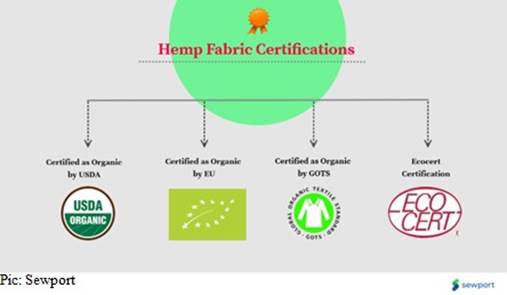
This image is property of static.fibre2fashion.com.
9. Future Growth and Sustainability
9.1 Potential for market expansion
The future of the hemp clothing industry looks promising, with a significant potential for market expansion. As sustainability and ethical consumerism become more prevalent, the demand for eco-friendly clothing options continues to rise. Hemp clothing, with its numerous environmental benefits and versatile applications, is well-positioned to meet this demand. By investing in research and development and staying ahead of consumer trends, the hemp clothing industry in rural communities can seize the opportunities for growth and contribute to a more sustainable fashion landscape.
9.2 Research and development
To ensure the long-term success and sustainability of the hemp clothing industry, continued research and development are crucial. This includes advancements in hemp farming techniques, fiber processing, and textile manufacturing processes, as well as innovative product design and marketing strategies. By investing in research and development, rural communities can stay at the forefront of the industry, constantly improving their practices and products to meet the evolving needs and expectations of consumers.
9.3 Importance of long-term planning
Long-term planning is essential for the sustainable growth of the hemp clothing industry in rural communities. This includes strategic decision-making, cultivating relationships with key stakeholders, and implementing comprehensive marketing and branding strategies. By taking a proactive approach to long-term planning, rural communities can maximize their impact and create a resilient hemp clothing industry that benefits not only the local economy but also the environment and the social fabric of the community.
10. Conclusion
10.1 Summary of economic impact
In conclusion, the growth of the hemp clothing industry presents significant economic opportunities for rural communities. Hemp cultivation, processing, and manufacturing can generate income, create jobs, and stimulate local businesses. The environmental benefits of hemp clothing, such as sustainable farming practices and carbon footprint reduction, further contribute to its economic value. By embracing hemp clothing, rural communities can diversify their economies, promote sustainable development, and position themselves as leaders in the fashion industry.
10.2 Importance of hemp clothing for rural communities
Beyond the economic impact, hemp clothing holds great importance for rural communities. It allows them to preserve their agricultural heritage, foster community partnerships, and contribute to a more sustainable future. By investing in the growth and sustainability of the hemp clothing industry, rural communities can create a legacy of environmental stewardship, economic resilience, and social well-being for present and future generations.
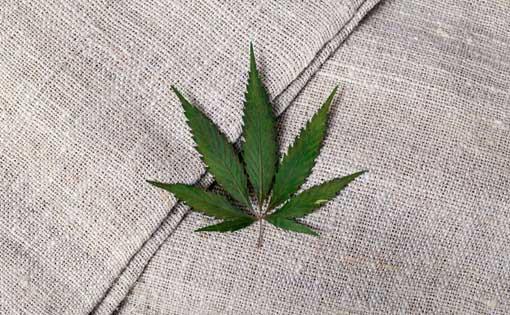
This image is property of static.fibre2fashion.com.
Recent Posts
Discover how bubble hash is rated on a 1 to 6 scale. From texture and color to aroma and potency, learn the key factors that determine the quality of bubble hash. Whether you're a seasoned cannabis...
Looking to learn about the most popular style of hash? This article explores the different types, from traditional to bubble hash, and reveals the people's favorite. Join us on a journey through the...

